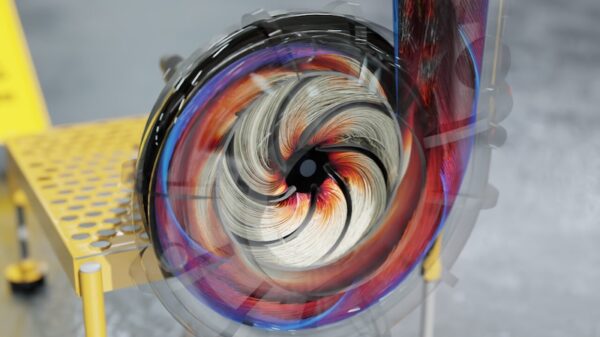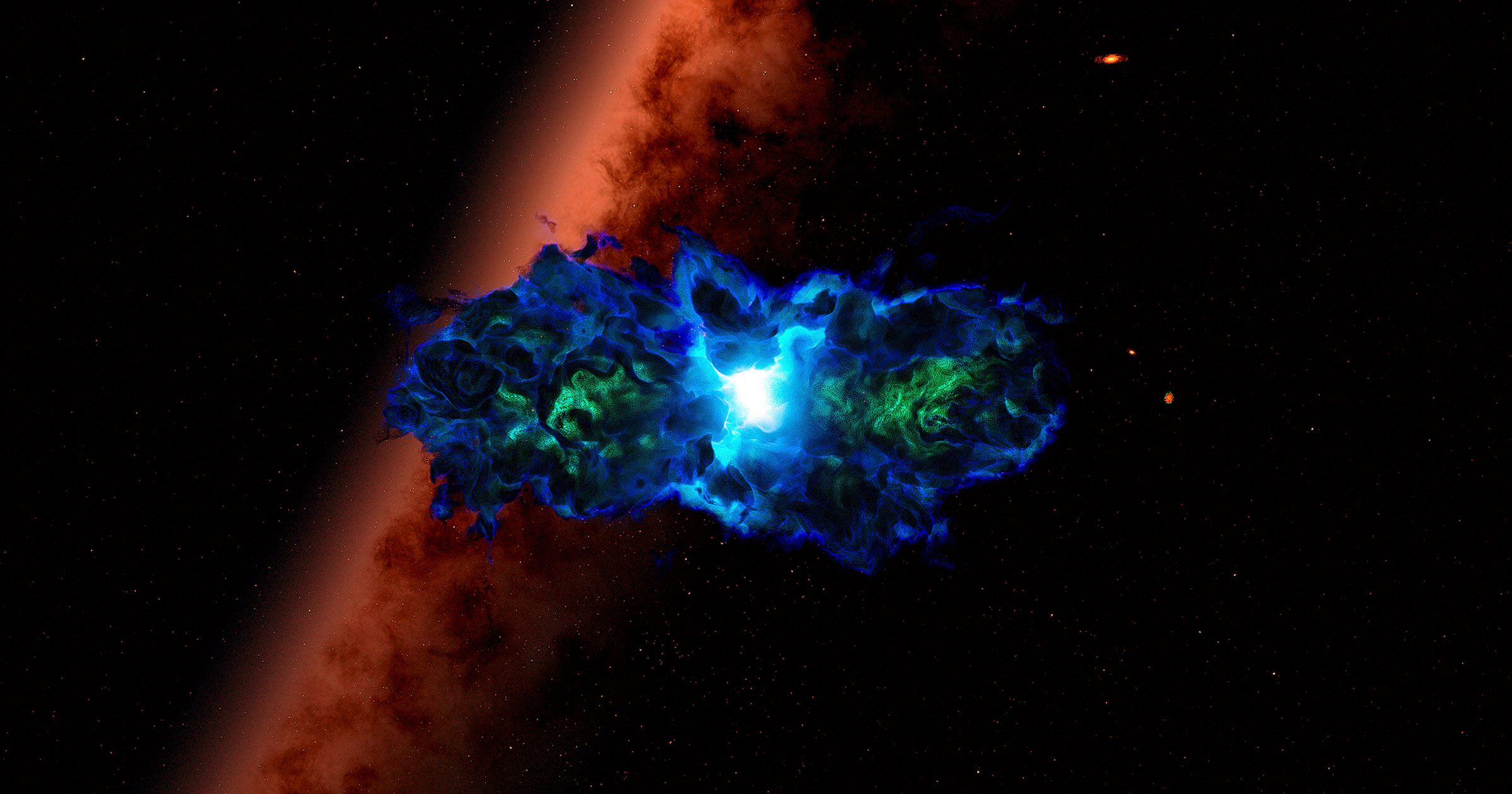NASA’s James Webb Space Telescope (JWST) has potentially identified the universe’s first “dark stars,” according to a recent study published in the journal Proceedings of the National Academy of Sciences. These primordial bodies, composed mainly of hydrogen and helium, are fundamentally different from the nuclear fusion-powered stars that dominate our night sky.
The research team suggests that shortly after the Big Bang, around 300 million years ago, supermassive dark stars may have existed, powered by dark matter. This hypothetical substance is believed to comprise approximately 25 percent of the universe but has yet to be directly detected by scientists.
Study lead and astrophysicist at Colgate University, Cosmin Ilie, described supermassive dark stars as “extremely bright, giant, yet puffy clouds” sustained against gravitational collapse by small amounts of self-annihilating dark matter. The existence of these stars could provide explanations for the bright and unexpectedly prevalent galaxies observed in the most distant corners of the universe by the JWST.
Understanding Dark Stars and Their Implications
The concept of dark stars emerged in the late 2000s, with researchers proposing that they could arise from “Weakly Interacting Massive Particles,” a leading candidate for dark matter. These particles are thought to annihilate each other, generating heat that manifests as luminous stars.
Coauthor Katherine Freese, an astrophysicist at the University of Texas at Austin, emphasized the significance of these early dark stars, stating, “For the first time, we have identified spectroscopic supermassive dark star candidates in JWST, including the earliest objects at redshift 14, only 300 million years after the Big Bang.” The mass of these early stars is estimated to be a million times that of the Sun, making them crucial for understanding dark matter and the formation of early supermassive black holes.
In 2023, Freese and her colleagues found several candidates for supermassive dark stars using data from the JWST’s Near-Infrared Camera (NIRCam), which captures high-resolution images in the near-infrared spectrum. The latest research builds on these findings by employing data from the JWST’s Near-Infrared Spectrograph (NIRSpec), which is designed to study the universe’s infancy through simultaneous measurements across multiple near-infrared bands.
The current study identifies four spectroscopic dark star candidates, one of which is noted as the second most distant object observed to date. Ilie and his team believe they may have discovered a “potential smoking gun signature of a dark star,” highlighted by a “1640 Angstrom absorption dip” found in the spectrum of one of the candidates. The Angstrom is a unit of measurement equivalent to one hundred-millionth of a centimeter, commonly used to express light wavelengths.
Future Research and the Quest for Dark Matter Understanding
Despite the promising findings, substantial research remains before establishing the existence of supermassive dark stars in the early universe. The implications of this research extend beyond simply identifying new celestial bodies; it could enhance our understanding of dark matter, one of the most enduring mysteries in contemporary astronomy.
The JWST’s groundbreaking observations continue to reshape our knowledge of the cosmos, pushing the boundaries of what we understand about the universe’s evolution. As scientists delve deeper into these findings, they hope to illuminate the intricate nature of dark matter and its role in shaping the early universe.




































































